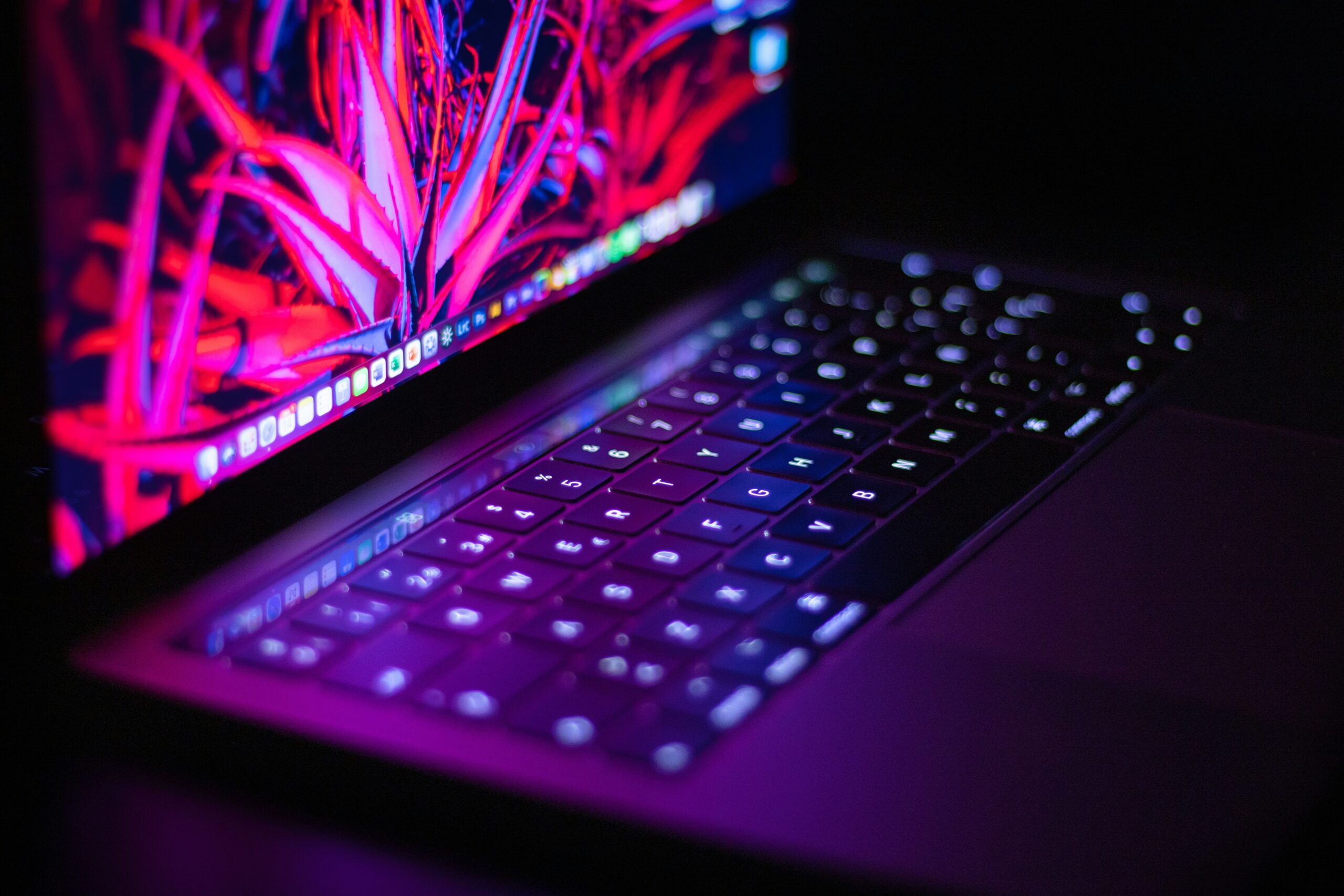
Step-by-Step Guide for Beginners + Real-World Story
🎮 Real Story: When Raj Tried to Game on a Potato
Raj was a college student in Pune with big dreams and a small budget. He loved gaming—especially open-world titles with stunning graphics—but his aging PC had other ideas. Every time he launched Cyberpunk 2077, the game looked like it was rendered on a toaster. Textures refused to load, framerates dipped into single digits, and his once-beloved machine sounded like it was about to take off into space.
His gamer friends insisted: “Bro, you need to upgrade your GPU.”
So, after saving for months, he bought a shiny new NVIDIA GeForce RTX 4060. Excited, Raj ripped open the box—only to stare blankly at the components inside. One burning question filled his mind:
“How do I install a new graphics card?”
If you’re like Raj—excited but confused—you’re in the right place. This guide will walk you through how to install a new graphics card from start to finish, without any tech jargon or guesswork.
💡 What Is a Graphics Card and Why Upgrade?
A graphics card, or GPU (Graphics Processing Unit), is responsible for rendering images, videos, and games on your computer. It’s especially crucial for gamers, video editors, 3D designers, and cryptocurrency miners.
Upgrading your graphics card can:
- Improve gaming performance
- Enable higher resolutions and frame rates
- Support multiple monitors
- Speed up video rendering and creative workflows
- Unlock new features like ray tracing and DLSS
If you’re here asking, “How to install a new graphics card?”, you’re likely ready to take your PC’s performance to the next level.
🔍 Step 1: Check Compatibility Before You Buy
Before you even purchase a GPU, make sure it’s compatible with your system.
✅ Key things to check:
- Motherboard Slot: Modern GPUs use a PCIe x16 slot—make sure your motherboard has one.
- Power Supply (PSU): Does your PSU provide enough wattage and have the correct PCIe power connectors?
- Case Size (Clearance): Some GPUs are large—will it physically fit in your PC case?
- CPU Bottlenecking: Will your CPU be able to keep up with the new GPU?
Use tools like PCPartPicker.com to check compatibility between your components.
Also Read , How Do I Check My Computer’s Specs?
🧰 Step 2: Tools You’ll Need
You don’t need a toolbox full of gadgets—just a few basics:
- A Phillips-head screwdriver
- An anti-static wrist strap (optional, but highly recommended)
- A clean, clutter-free workspace
- Your new graphics card
- Patience and steady hands
🔌 Step 3: Uninstall Old GPU Drivers
If you’re replacing an older GPU (especially from a different brand like AMD to NVIDIA), it’s a good idea to uninstall the old drivers first.
On Windows:
- Press Windows + X > Device Manager
- Expand Display adapters
- Right-click your current GPU > Uninstall device
- Reboot your PC in Safe Mode
- Use DDU (Display Driver Uninstaller) to remove all residual files
- Power down your PC completely
This step ensures a smooth transition and avoids driver conflicts.

🛑 Step 4: Power Off and Unplug Everything
Before you open the case:
- Shut down your PC completely
- Unplug the power cable from the wall
- Disconnect all peripherals (keyboard, mouse, monitor, etc.)
- Press and hold the power button for 5 seconds to discharge any residual power
Now you’re safe to begin.
🖥️ Step 5: Open Your PC Case
Most cases open from the left side (when facing the front).
- Lay your PC on its side
- Use a screwdriver to remove the side panel screws
- Set the panel aside in a safe place
Ground yourself by touching metal or wear an anti-static wrist strap.
🔩 Step 6: Remove the Old Graphics Card (If Applicable)
If you’re upgrading:
- Locate the GPU—it’s likely connected to the PCIe x16 slot
- Unscrew the GPU bracket from the rear of the case
- Gently press the small latch at the end of the PCIe slot
- Carefully pull the card straight out
Also Read , What Should I Do If My Laptop Screen Is Black?
Be firm but gentle. Don’t rock the card side to side or force it.
⚙️ Step 7: Install the New Graphics Card
Now for the exciting part—installing your brand-new GPU!
- Align the gold connector on your GPU with the PCIe x16 slot
- Gently push down until it clicks into place
- Secure the bracket with screws to the back of the case
- Connect the PCIe power cables from your PSU (e.g., 6-pin, 8-pin)
💡 Pro Tip: Some GPUs require multiple connectors—check your manual!
🔄 Step 8: Reassemble and Reconnect
Once the card is in place:
- Put the side panel back on
- Reconnect your monitor to the GPU’s output port (not the motherboard!)
- Plug in your peripherals
- Plug the power cable back in
🔁 Step 9: Boot Up and Install Drivers
Moment of truth—turn on your PC.
If everything is connected correctly, your monitor should come to life. Next, install the latest drivers:
For NVIDIA:
- Visit: www.nvidia.com/Download
- Use GeForce Experience to automatically detect and install drivers
For AMD:
- Visit: www.amd.com/en/support
- Use Auto-Detect and Install for Radeon cards
Once drivers are installed, restart your PC again.

🔍 Step 10: Verify Installation and Tweak Settings
Once your PC is up and running:
- Open Device Manager > Display Adapters to ensure your new GPU is recognized
- Run DirectX Diagnostic Tool (type dxdiag in Start Menu) to view GPU info
- Use MSI Afterburner or GPU-Z to monitor temperature and performance
You can now tweak game settings, enable ray tracing, or run benchmarks like 3DMark to see your GPU flex its muscles.
🛡️ Bonus Tips for Smooth GPU Performance
- ✅ Keep drivers updated
- 🌡️ Monitor temperatures (Ideal range: 30–80°C under load)
- 🧼 Clean your case regularly to prevent dust buildup
- ⚡ Use a quality power supply to avoid voltage issues
- 🎮 Adjust in-game graphics settings for optimal FPS
⚠️ Common Mistakes to Avoid
- Forgetting to connect the power cables
- Plugging the monitor into the motherboard, not the GPU
- Ignoring BIOS updates (sometimes required for newer GPUs)
- Not uninstalling old drivers
- Touching GPU components without grounding yourself
Don’t worry—even seasoned PC builders make these mistakes. The key is to be careful and take your time.
🧠 Final Thoughts: You’re Now a GPU Installation Pro
Installing a new graphics card isn’t just about better performance—it’s about transforming your PC experience. Whether you’re gaming, editing, or just want smoother visuals, a good GPU is a game-changer.
So, next time someone asks, “How to install a new graphics card?”, you’ll not only know how to do it—you’ll be the one showing them how.
Raj, by the way? He’s now streaming his gameplay in 1080p, editing videos for YouTube, and showing off his rig on Reddit’s r/pcmasterrace. All it took was a bit of courage, a good guide, and a shiny new GPU.
Also Read , How to Clean Dust from a Desktop PC? (Without Breaking Anything!)


